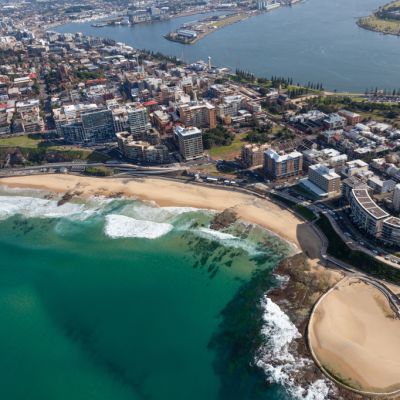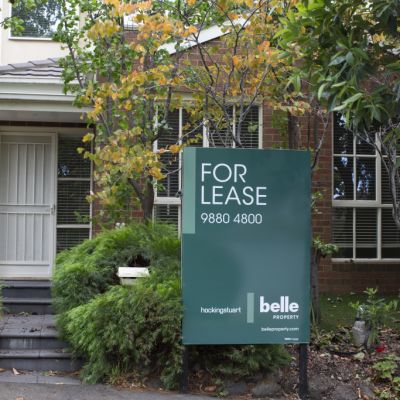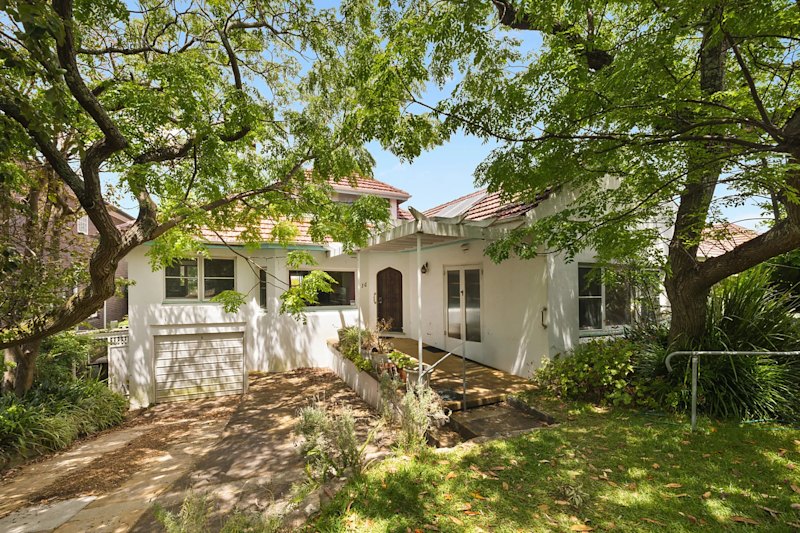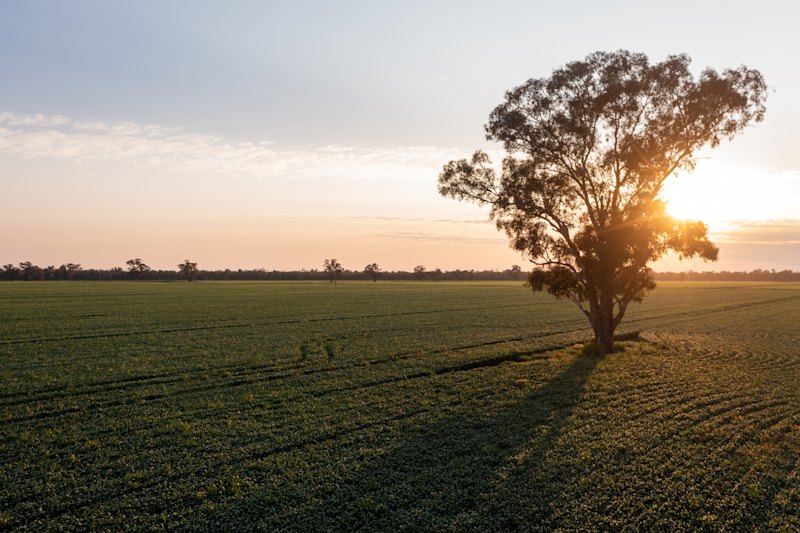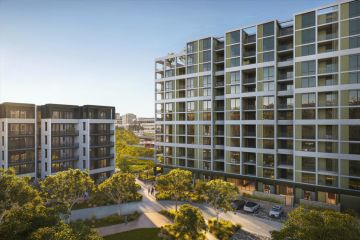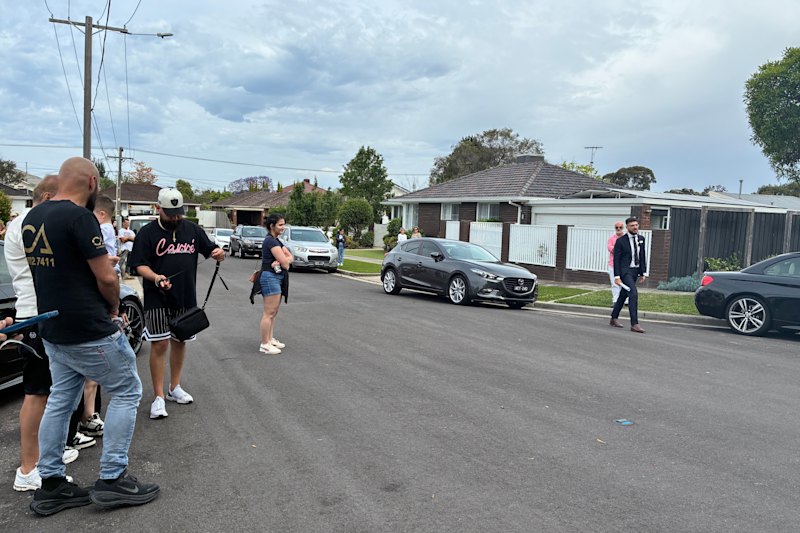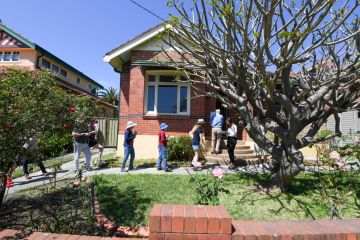Tasmania's freezing streak: How the coldest region in Australia keeps its property market alive in the depths of winter
It might not seem obvious but in the depths of winter, there are still buyers searching for property in the very coldest of Australia’s regions, and they’re all after one thing: trout.
In Tasmania’s Central Highlands, temperatures have dipped low as -13.9 degrees in July in the town of Liawenee, which sits on Great Lake, about 147 kilometres north-west of Hobart.
According to Nick Hay of Howell Property Group, its surrounding towns, including Miena, Flintstone and Reynolds Neck, are just as cold.
“Liawenee is home to just two people – the local policeman and the field officer,” he says, but there are other towns on Great Lake which have the same weather, “and I’ve sold a number of homes there“.
Winter is traditionally a quiet period for the property landscape as buyers and sellers hibernate from the cold, but that hasn’t stopped the market going full-steam ahead in the Central Highlands, despite inch-thick ice covering the lakes, Hays says.
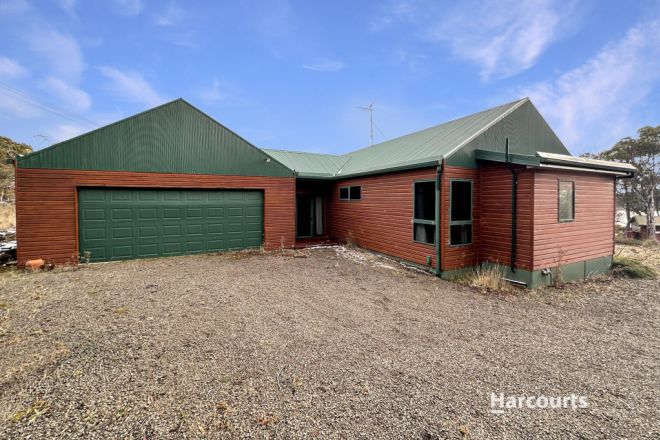
“Usually, properties around these parts are very seasonal, where you get a lot of demand during the spring to summer months,” he says. “But, in saying that, since Easter we have found more demand for properties in these areas.
“The interest for a lot of these buyers is in trout fishing … and the Central Highlands is home to many lakes that are great for trout-fishing enthusiasts.”
Kurt Knowles of Harcourts Ulverstone & Penguin says the lakes have “the purest strain of brown trout in the world”.
“It has one of the best trouts worldwide so we do get a lot of interest because of that,” he says. “It’s a world-class fly-fishing spot.”
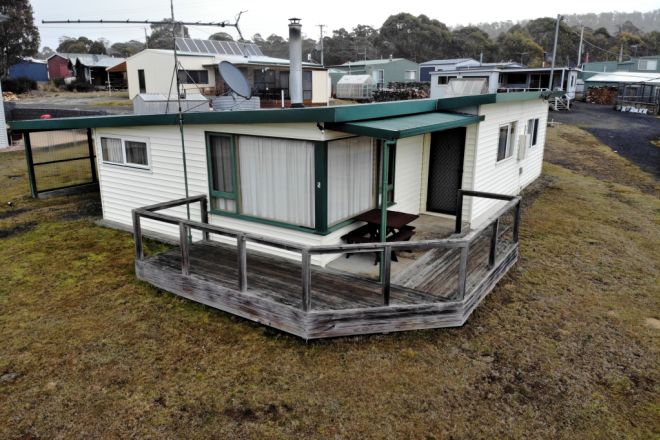
The properties being sold during winter are being quickly snapped up by both local buyers and interstate investors eager to purchase before trout-fishing season begins in August, Knowles adds.
“As the trout season begins, that’s when we find that buyers who have property here come out for a weekend, or for a couple of weeks, and we usually see visitors ramp up then,” he says.
The market is now very different to pre-COVID days, Hays says.
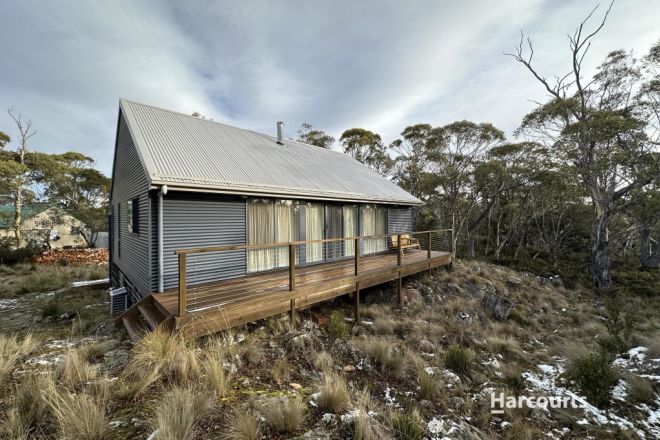
“Pre-COVID, trout fishing really dictated the influx of people buying here, which was usually in the summertime,” he says.
“But during COVID, properties around these areas were selling very quickly – they didn’t sit on the market for too long.”
In Tasmania’s capital of Hobart, houses sat on the market for an average of 84 days in June, up from 78 days the month before. In the rest of Tasmania, houses sit on the market for even longer ,at 112 days, up from 106 days in May.
In comparison, at its peak, houses were only on the market for just 17 days in Hobart (in March 2021) and 37 days in the rest of Tasmania (in January 2022).
“Our local market goes hand-in-hand with the Hobart market, so when days on market are extended in the city, we feel that as well,” Hays says.
Independent Tasmanian economist Saul Eslake says that, overall, the state is experiencing a slow market because of its lack of population growth.
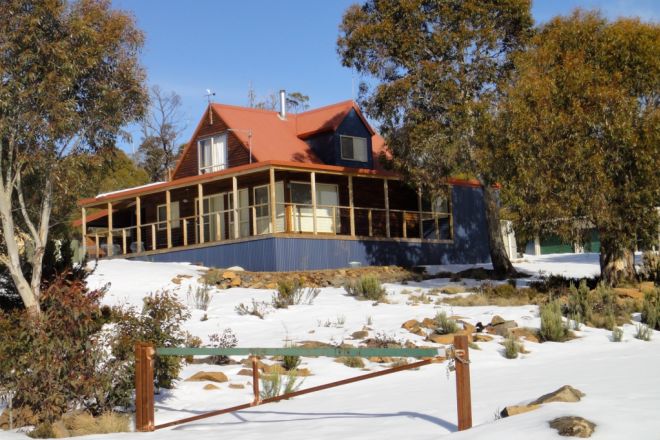
“In 2013, the net migration to Tasmania was the [highest] it has been since 1998, and I think the lack of growth to Tasmania would have to be a reaction to the deterioration of housing affordability between 2017 and 2022,” he says.
“It was a crazy situation that it was more expensive to buy a house in Hobart than Adelaide and Perth. Likewise to rent – it was more expensive to rent in Hobart than in Brisbane too.”
According to the Domain House Price Report, in March 2021, Hobart’s median house price was $605,028, Adelaide’s was $585,358 and Perth’s was $592,371 – this was the first time Hobart surpassed the two cities.
Knowles says the market has slowed from pre-COVID days but demand for a property in the Central Highlands is still there.
“It’s not abnormal for a property to be on the market for three to six months – but some of these shacks could sell anywhere from two weeks to 60 days,” he says.
“You can buy a shack from $160,000 up to $700,000.”
Homes in the area are built to withstand the extreme cold, Hay adds.
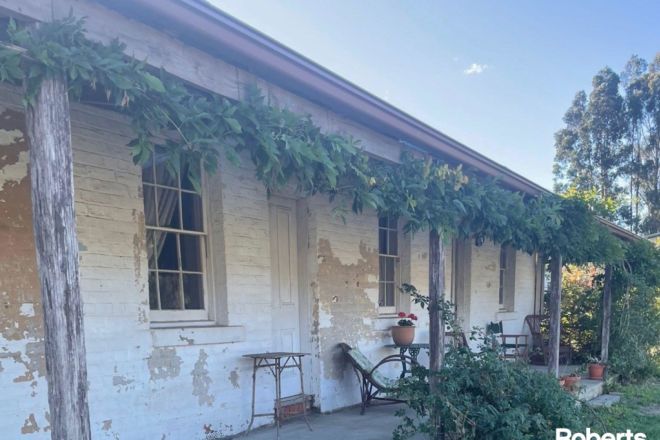
“There’s a lot of insulation in place – in walls, ceilings and the floor line – and the heating sources and hot water services are set up so pipes don’t freeze over winter,” he says.
The move to remote and even some of the coldest parts of the country will always be attractive to some buyers, Knowles says, noting that many enjoy their own space.
“The drawcard for the Central Highlands is definitely fishing, but hunting and bushwalking is also another factor to why people buy here,” he says. “Post-COVID, we’re finding that people who do live here full-time don’t want to be around as many people anymore.
“They’re quite happy on their own and, with the ability to work from home, people are choosing this type of lifestyle.”
We recommend
We thought you might like
States
Capital Cities
Capital Cities - Rentals
Popular Areas
Allhomes
More
- © 2025, CoStar Group Inc.

